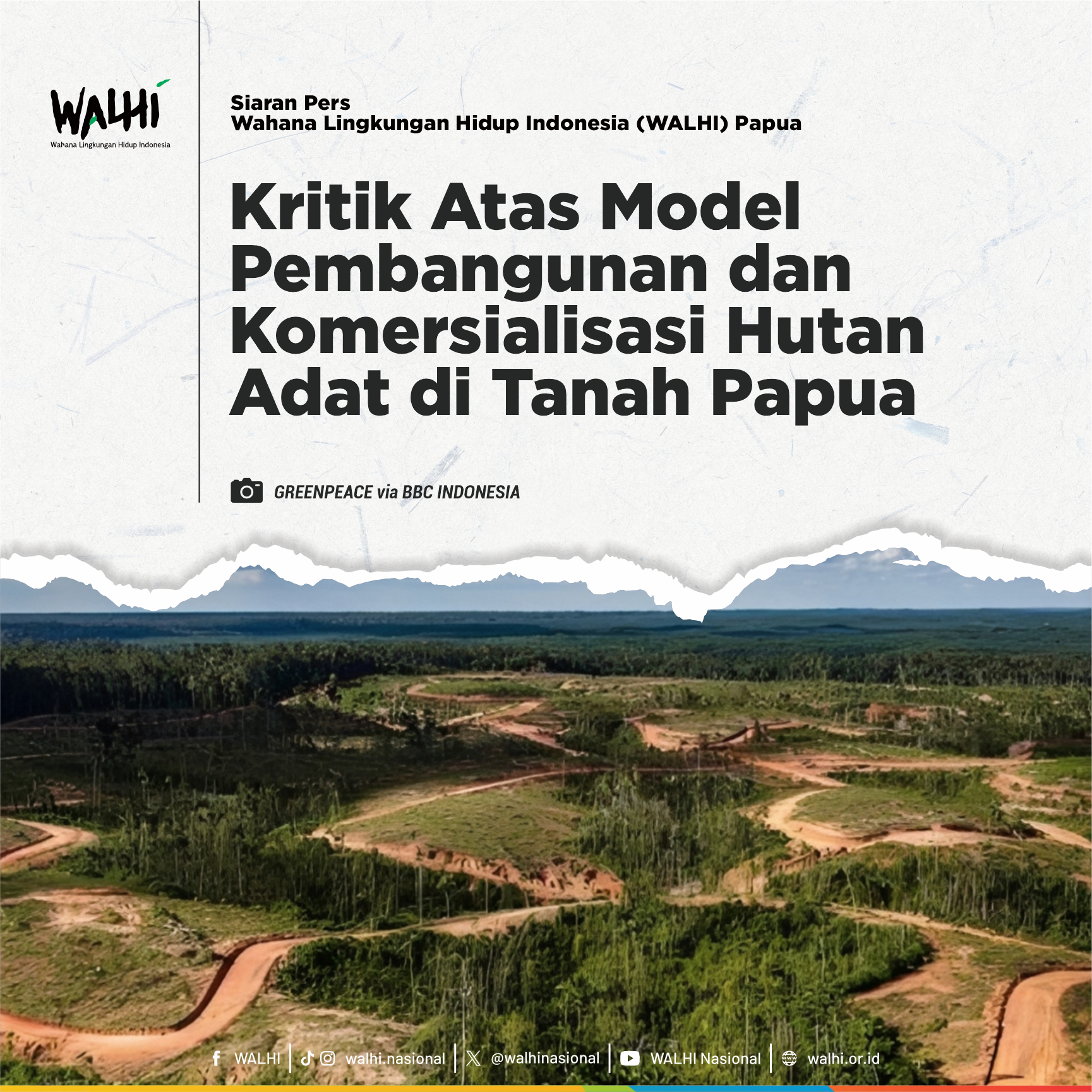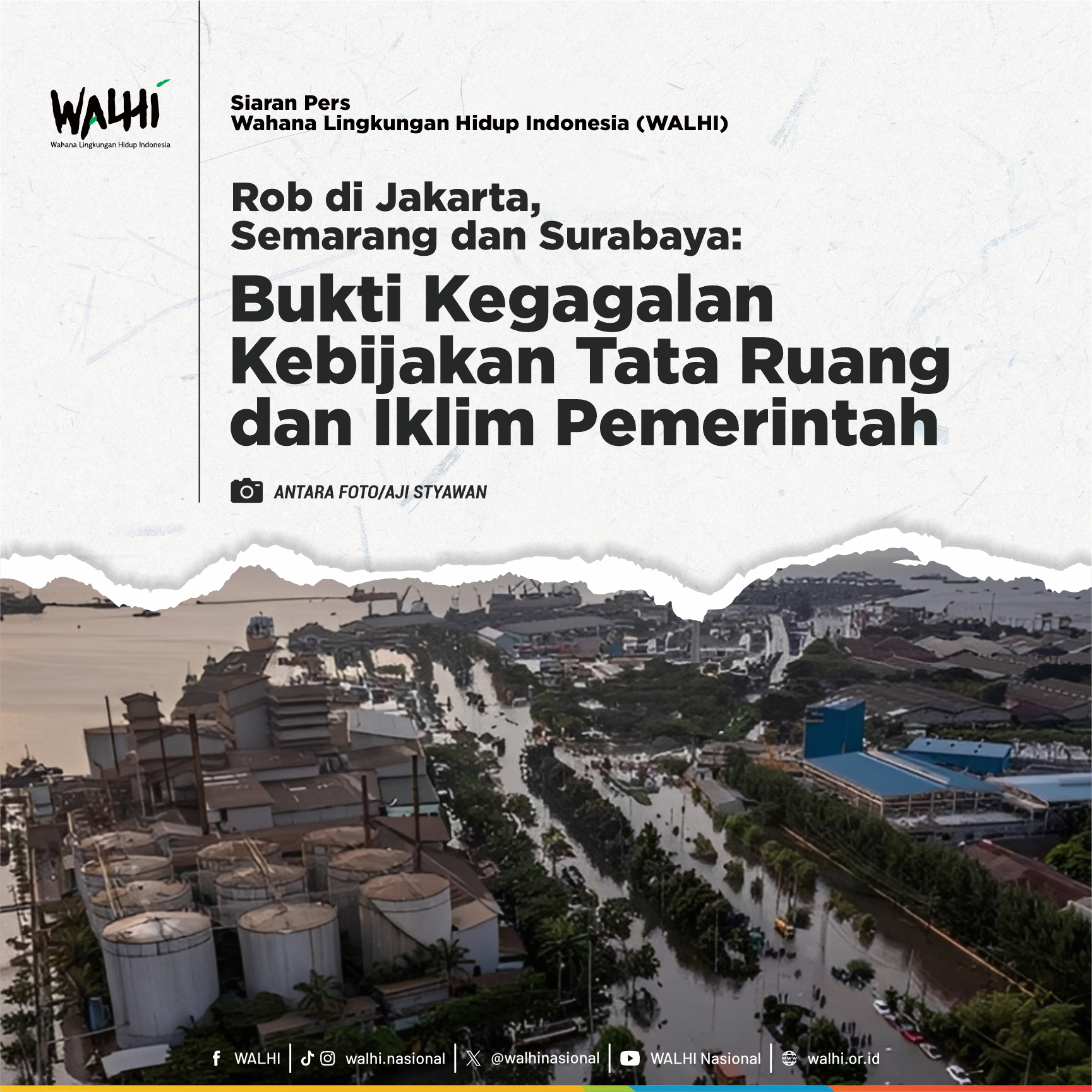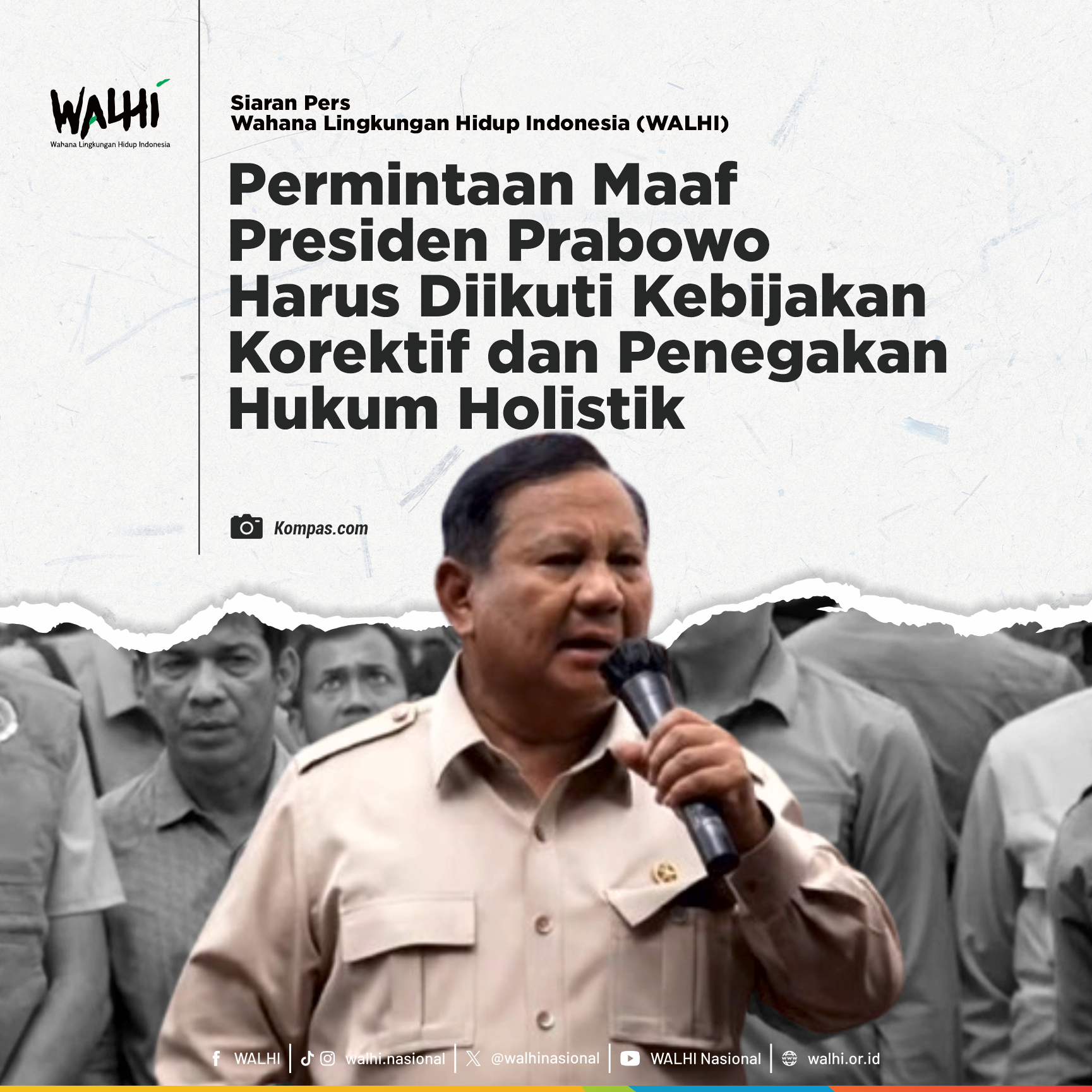From a Sinking Pari Island to the Melting Glacier: A Call for Climate Justice
Agus Dwi Hastutik and Lilli Poser
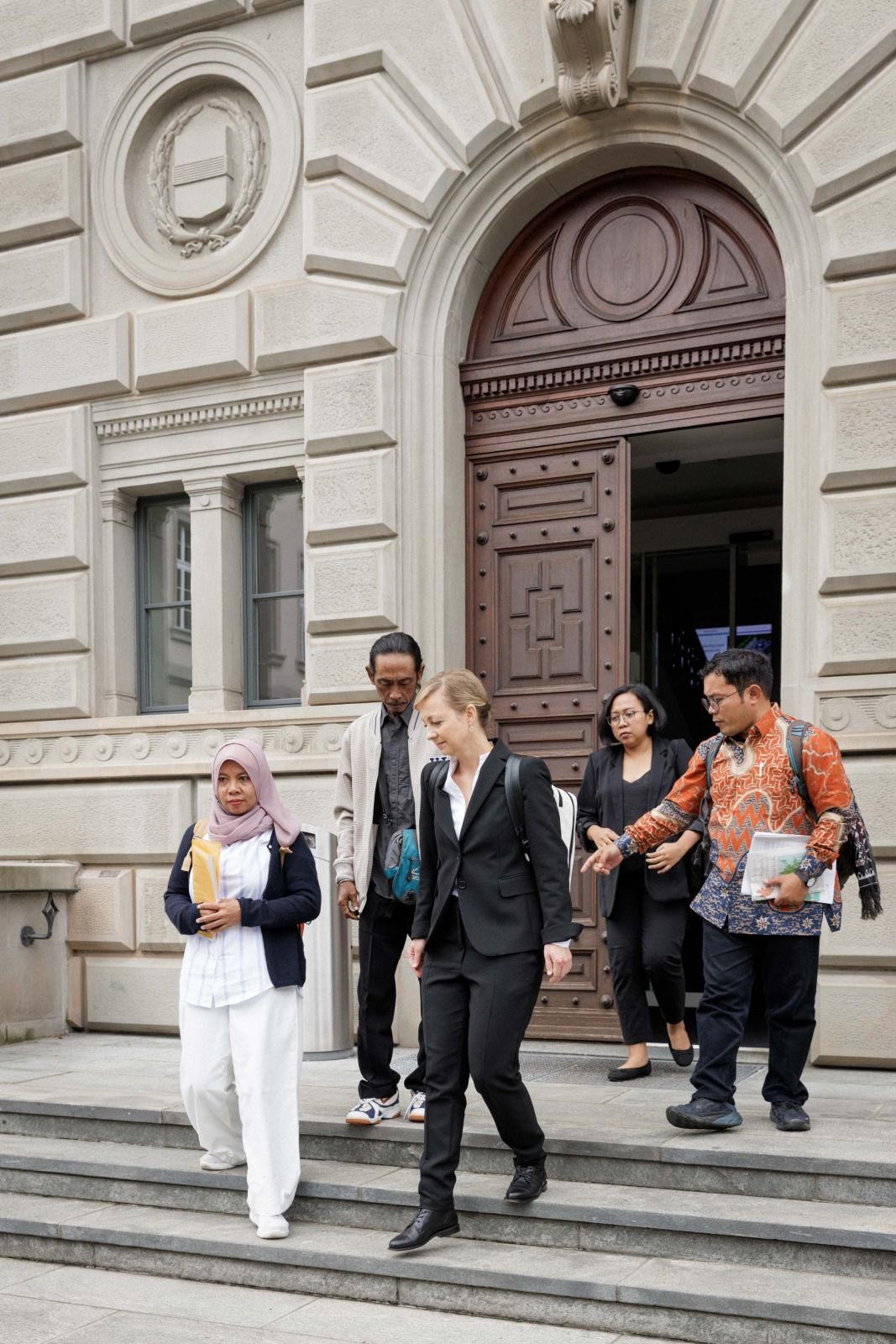
Figure 1. The plaintiffs, Asmania and Arif Pujianto, accompanied by the lawyer and WALHI walked out the courtroom. Photo: HEKS
To Asmania and Arif Pujianto, through the first chill of early Swiss September was in the air, it didn’t dampen the heat of their courage inside the courtroom. They had travelled all the way from Pari Island, a tiny island in northern Jakarta to Zug, to challenge a Swiss-based giant cement producer, Holcim, at the Cantonal Court. On September 3, 2025, they had their first hearing in the climate lawsuit brought by the islanders.
“I've travelled a long way and left my children at home to be here. I am here because my family and I feel the direct impacts and threats of climate change every day. I am worried of the future for my children. Where should we go if our only island sink?” Asmania remarked, driven by their purpose in calling for climate justice for their island and community.
However, instead of getting acknowledgement and reparation, the call was met with hostility from the defendant. The company’s lawyers dismissed the case as being orchestrated by NGOs and humiliated the plaintiffs by tossing a 4 CHF coin to table, a blatant disrespect to the plaintiffs and discredit the climate impacts felt by the plaintiffs.
“We came here, we’re prepared to make sacrifices, being away from family and facing physical risks due to the weather. I wanted to see how far justice had come in Europe. But instead of getting justice, we received an insulting response (from the company)," Arif said.
“I came to Swiss not to seek money, I seek for climate justice,” he added.
The climate lawsuit filed by the Pari Islanders is an important breakthrough in Indonesia and the world. Asmania and Arif are not the only plaintiffs. There are together with Mustaghfirin (Bobby) and Edi—their fellow fisherfolks in taking the cement company to court. The Pari lawsuit is the second transnational litigation in which plaintiffs from the Global South are suing a Carbon Major based in the Global North for its contribution to the climate crisis, following the case of a Peruvian farmer suing the German utility RWE at the Regional Court in Essen, Germany.
In their defense, Holcim said that they are not the only company that is polluting the planet. However, we don’t talk enough the role of this cement company. Since 1950, Holcim has emitted more than 7 billion tons of CO2 emissions that contributed to the devastation of our climate and of the plaintiffs lives for nearly a decade. In this boiling climate, the question is how we hold accountability from all companies that have reaped the benefits while contributing to the climate crisis? This includes Holcim.
The plaintiffs are demanding Holcim to redress proportionally the damage, reduce 69 percent of their CO2 emissions by 2040, and contribute adaptation measures on Pari Island. The accusation of Holcim that the plaintiffs were being orchestrated is Holcim’s way to flee responsibility as one of big emitters who should be held responsible.
“We exercise our will. This is not being orchestrated by NGOs. We are the ones who feel the direct impact of the climate crisis. While it is true, in our journey of suing, we are supported by WALHI, HEKS, and ECCHR,” Asmania said.
In line with Asmania, Arif said, “If I did not feel the direct impact of climate change and still sued Holcim, that would be equivalent to manipulating the law and lying. I am not lying and I am not scared of using the law, because the impact that my family and I are experiencing is real.”
Since the lawsuit was filed in January 2023, the plaintiffs have received free legal aid by the Swiss Court. Though no decision has been reached whether the case will pass its admissibility or not, the Pari climate lawsuit is demonstrating that it is possible to hold the big polluters accountable while also highlighting that those most impacted by the climate crisis are already experiencing its severe effects. This case illustrates that climate justice goes beyond simply reducing CO2 emissions—it also involves providing remedy for those affected and supporting their needs for adaptation.
The Pari island community, whose livelihoods depend on fishing and tourism, has suffered the devastating impacts of the crisis. They are confronted with rising sea levels, recurring tidal floods, and increasing water temperatures. With the constant rising sea levels, about 11 percent of Pari island is already submerged into the sea. These events have led to, among others, the damages of their houses, the cancellations by tourists, decreased fish stocks, and salinization of groundwater. Furthermore, it has led to wider concerns, parents are unable to send their kids to school, and they struggle to put food on the table, and where the family will live tomorrow due to the constantly rising sea levels.
“Every ton of CO2 reduced is invaluable to us, and every funding that helps us to adapt and repair the damage is also immensely meaningful for us and our future,” Asmania added.
The plaintiffs are calling for the protection of their rights. They are also calling for their realities to be seen and their voices to be heard globally.
Forging Global Solidarity and Connection
There is a clear and catastrophic connection between the melting glaciers in the North and the sinking of small islands like Pari Island in the South. What do these two ecosystems have in common? Though worlds apart, these ecosystems are shared victims of a single crisis—a rising temperatures and rising sea level. The glacier is melting due to the rising temperatures caused by million tons of pollution emitted to atmosphere, which then led to the rising of sea level. Who should pay for it?
This central issue is those most strongly affected of the crisis, who are least responsible for its origin. Like the local communities in Pari Island, who now fear the destruction of their livelihoods, literally drowning in the results of climate crisis inflicted by mindless and egoistic accumulation of wealth by a few.
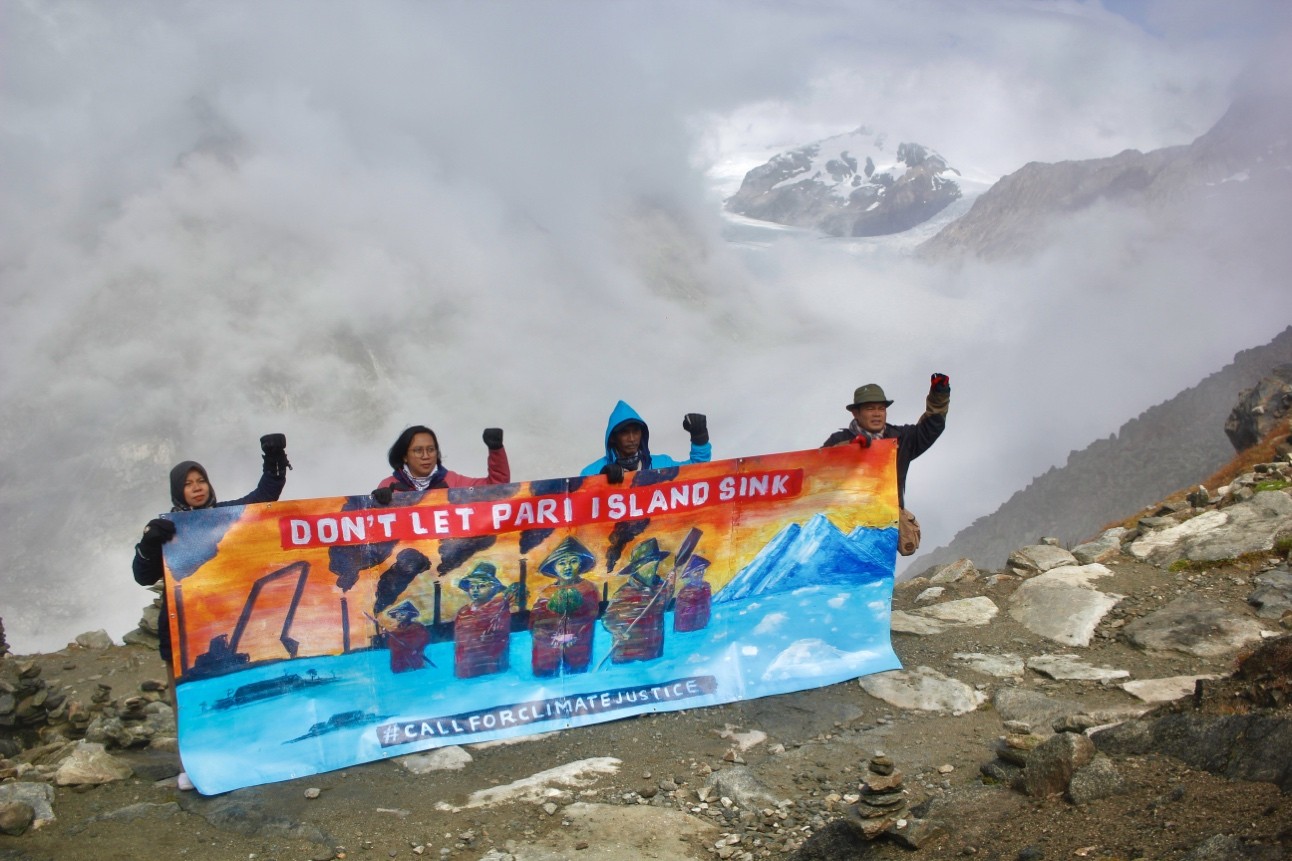 Figure 2. Holding the line against the melt. Photo: Philippe Audi-Dor @philaudidor
Figure 2. Holding the line against the melt. Photo: Philippe Audi-Dor @philaudidor
A 2020 study by the Lancet Planetary Health revealed that Global North countries are responsible for 92% of global emissions since 1850. While a 2024 UN report highlighted that by 2040 the number of countries facing climate hazard is projected to jump from just 3 to 65, most of which are already hosting displaced population. This is a stark reminder of the accelerating crisis, ever-growing corporate greed and long and ongoing injustices for which the world has sadly failed to hold them accountable to date.
While the crisis hits the most vulnerable first, it is a universal threat. It knows no boundaries. Regardless of our long and continuous material profit, the gained privileges and the high considered standards of living of the general western public, we neither gain from this destructive and extractive economy. It is only increasing the existing wealth inequalities, and we too will suffer its influences on our world and life.
Consequently, we are in desperate need of forging these struggles globally, give affected communities a platform to represent their efforts and realities in a global sphere, ensuring their voices are not just heard but central to the solution. Their struggle for survival is the spearhead of a battle that is ultimately for all of us.
Art is resistance. Art is the lived experience of not giving up, of investing energy and passion, and allowing a part of yourself to surface, to be exposed to everybody's sight. The power this holds is only amplified by the act of sharing this process within a group, fostering a spirit of unity, of shared values and collectivism. It forms an antidote to the increasingly individualized society we live in, a process in which most of us often take part. Individualization acts in the favor of the ruling elite, dividing us, rubbing us of the might togetherness possess. For it is one struggle we are fighting. It is imperative to unite and stand together in strength is increasing with the urgency of the situation.

Figure 3. Mural art on Pari Island. Artwork Tohjaya Tono @tohjayatono
The new mural on Pari Island, created by artist Tohjaya Tono in collaboration with local youth, expresses the community’s reality. Its message, “Jangan Tunggu Kami Tenggelam” (Don’t Let Pari Island Sink) calls on passerby to take notice on the island’s plight. Though the mural is only on Pari Island, the solidarity of the message extends beyond the island through paste-up actions in other countries. These practices are lived by Friends of the Earth community, showing the connection physically, visually and throughout their actions, as exemplary by the international colleges in Switzerland, England, Netherlands, India, Japan and Hungary for standing in solidarity with the Pari community.
 Figure 4. Solidarity Action in England and Hungary. Photo: Friends of the Earth.
Figure 4. Solidarity Action in England and Hungary. Photo: Friends of the Earth.
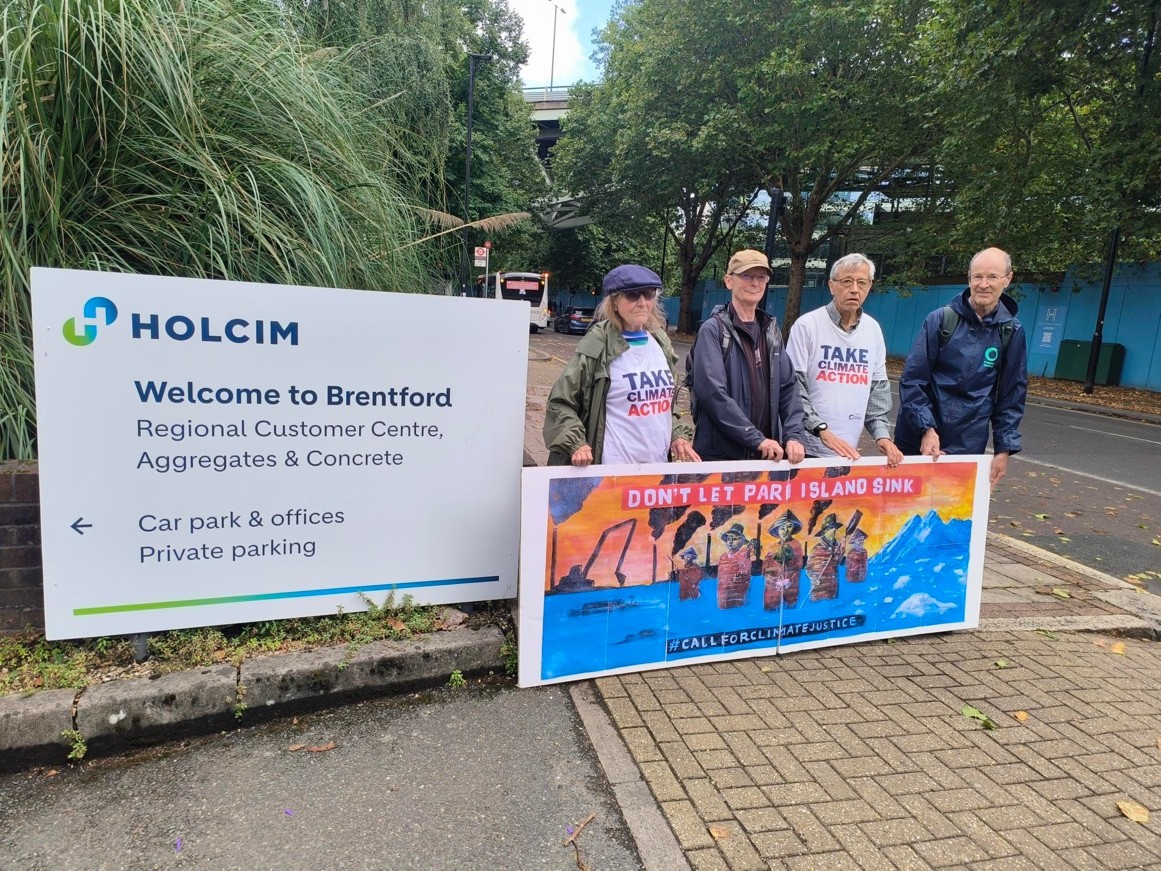 Figure 5. Solidarity Action in England. Photo: Friends of the Earth.
Figure 5. Solidarity Action in England. Photo: Friends of the Earth.
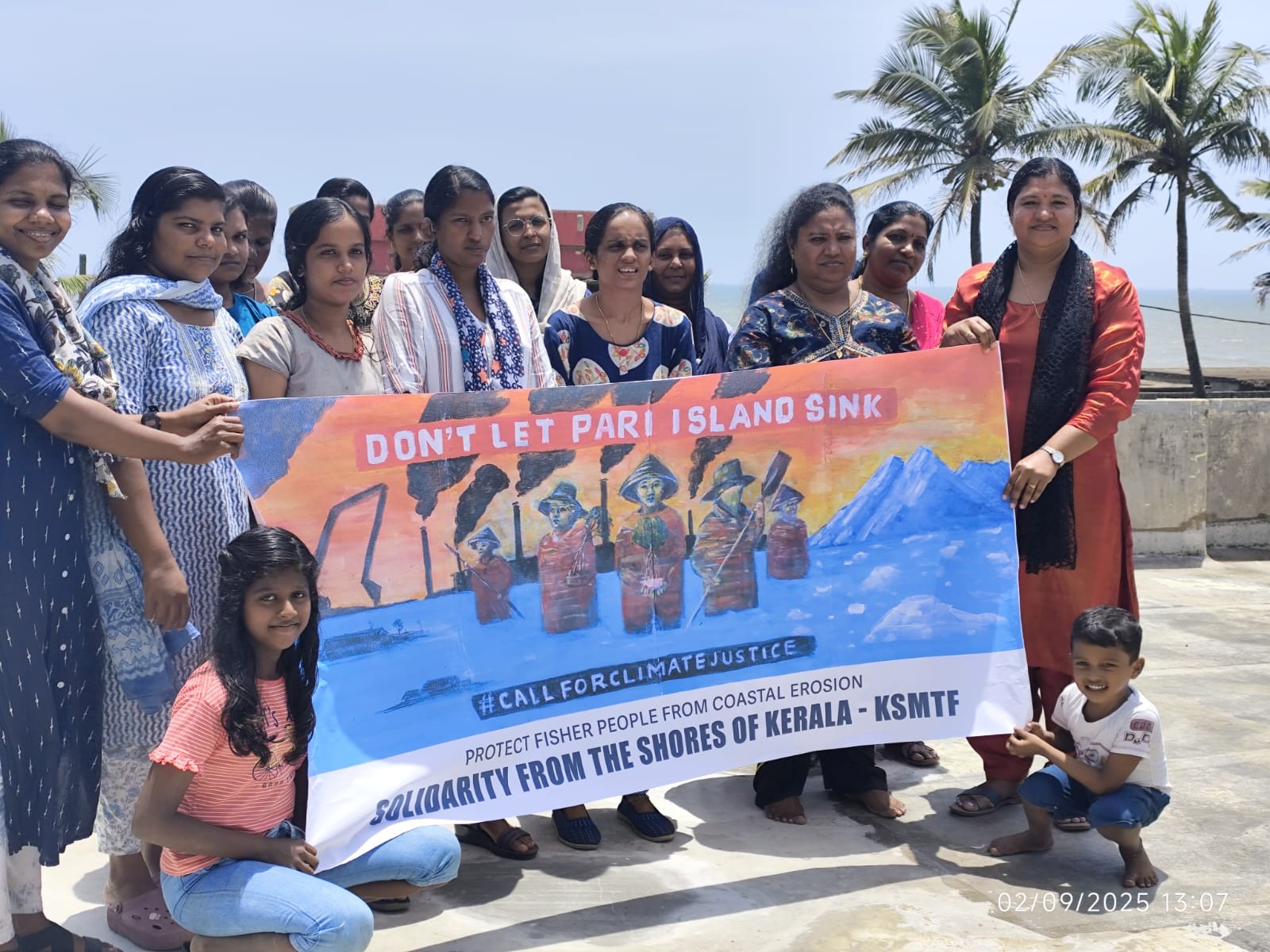 Figure 6: Solidarity from coastal women community in Kerala, Indonesia. Photo: Friends of the Earth.
Figure 6: Solidarity from coastal women community in Kerala, Indonesia. Photo: Friends of the Earth.
Art like this, forms one of the platforms to foster connection, provide positive outlooks and enhance creativity through activity. It connects people and provides a form of communication that is able to be understood regardless of origins and cultural contexts. Especially approached in international settings it provides a unique and beautiful shared experience, as visual results. Working jointly side by side, as in this case, it is a simple lived example and a first step towards the bigger vision. Even more so since it is a much-appreciated form of creating more awareness in the public, too. This example is one aimed to reach locals and tourists on Pari Island alike, raising curiosity and thereafter knowledge. To accelerate this influence these efforts were followed by international support again, thanks to Poster Actions of our friends in Melbourne.
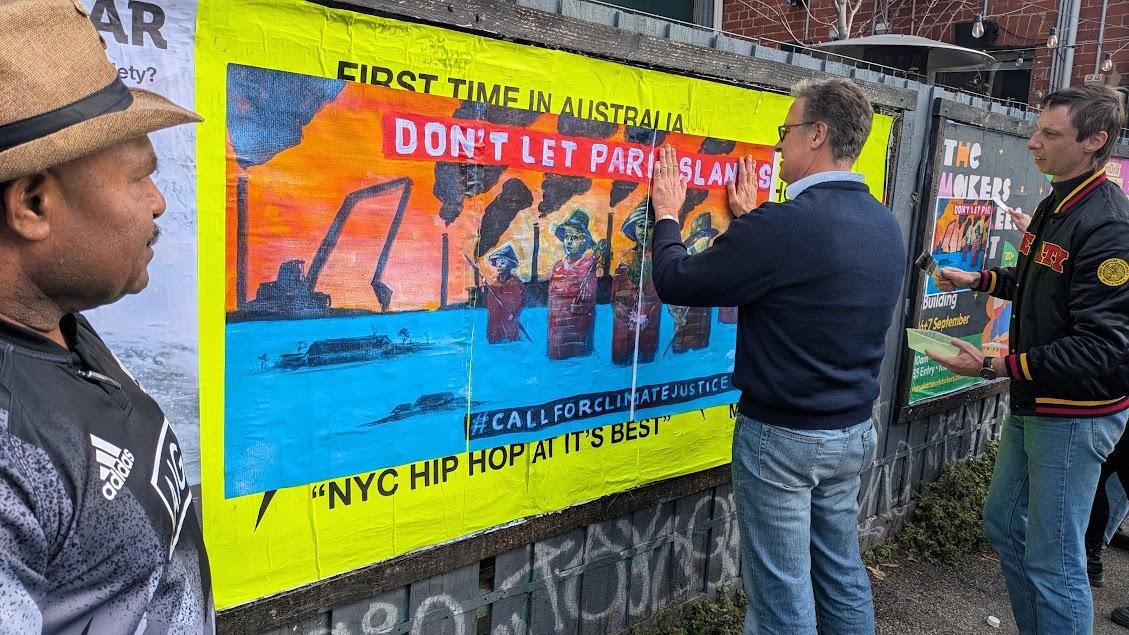 Figure 6. Poster Action in Melbourne. Photo: Friends of the Earth.
Figure 6. Poster Action in Melbourne. Photo: Friends of the Earth.
The only thing that allows us to foster hope and create change is action. Doing right and being the change we want to see is not only enabling others to follow, but also our individual actions are the only thing we personally can oppose to this system of exploitation and oppression. It is the most effective way to feel empowered as these actions empower in the most literal sense.

